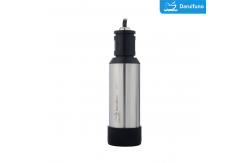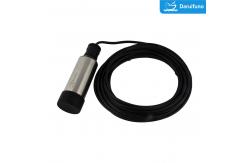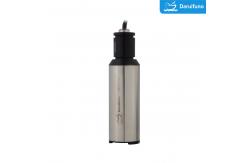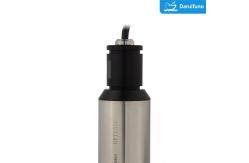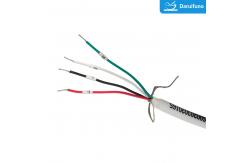RS485 Infrared Turbidity /Suspended Solids Sensor For Sewage Surface Water Plants
|
|
RS485 Infrared Turbidity /Suspended Solids Sensor For Sewage Surface Water Plants
Infrared light source: A high-quality infrared light source is usually used inside the sensor to ensure the stability and durability of the light source, thereby ensuring the accuracy of the measurement.
Receiver and detector: The sensor is equipped with a high-sensitivity receiver and detector, which can accurately capture the scattered infrared light, so as to realize the measurement of turbidity or suspended solids.
Digital signal processing: A digital signal processing unit is integrated inside the sensor, which is used to process, calibrate and convert the received signals, and output the measurement results in digital form.
Data output: The sensor outputs the measurement data to the data acquisition system or controller through a digital interface (such as RS-485, MODBUS, etc.) to realize real-time data monitoring and control.
The process advantages and advanced technology of the infrared digital turbidity/suspended solids sensor make it widely used in many application scenarios such as water quality monitoring, sewage treatment, drinking water production, and environmental monitoring. They provide high-precision, high-reliability measurement results that contribute to water safety and environmental protection.
Technical Parameters
Water quality monitoring: Infrared digital turbidity sensors can be used to monitor turbidity changes in water bodies such as tap water, surface water, rivers, lakes and reservoirs. In these environments, sensors help assess the cleanliness of water bodies and changes in water quality, as well as detect the presence of suspended particulate matter and pollutants.
Sewage treatment: In sewage treatment plants, infrared digital turbidity sensors can be used to monitor the turbidity of sewage before and after treatment, help evaluate the treatment effect and determine whether further treatment steps are required to ensure that the treated water quality meets the discharge standards.
Aquaculture: In hydroponic and aquaculture farms, infrared digital turbidity sensors can help monitor suspended matter in water to maintain a suitable water quality environment and promote the growth and health of plants and animals. Industrial process: In some industrial production processes, especially those involving water treatment and suspended particulate matter, infrared digital turbidity sensors can be used to monitor and control the water quality in the production process.
Environmental monitoring: Infrared digital turbidity sensors can also be used in environmental monitoring projects, such as measuring water quality in rivers, lakes and oceans to monitor environmental changes and pollution conditions.
Infrared digital turbidity sensors are widely used in various fields involving water turbidity and suspended solids concentration. They provide a convenient, efficient, and accurate measurement method that contributes to water safety, environmental monitoring, and quality control of industrial production processes. |
|||||||||||||||||||||||||||||||||||||||||||||||||||||||||||||||||||||
| Product Tags: RS485 Suspended Solids Sensor Infrared Turbidity Solids Sensor Sewage Surface Water Plants Turbidity Analyzer | |||||||||||||||||||||||||||||||||||||||||||||||||||||||||||||||||||||
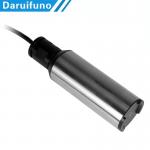
|
RS485 Signal 4000NTU Turbidity Electrode For Waste Water Measuring |
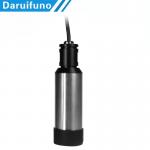
|
RS485 Output 1000 NTU Turbidity Sensor For Industrial Sewage Water Detecting |
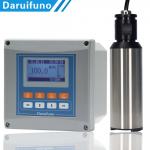
|
RS485 Signal Data Collection Turbidity Controller For Waste Water Monitoring |
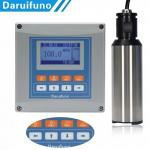
|
Relay Control Communication Data Collection Turbidity Transmitter For Surface Water |
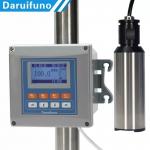
|
RS485 Interface Remote Signal Turbidity Controller For Water Station Monitoring |

|
Self-Cleaning Function RS485 Turbidity Sensor For Waste Water Monitoring |

